The Days Of The Smart Thermostat Are Numbered
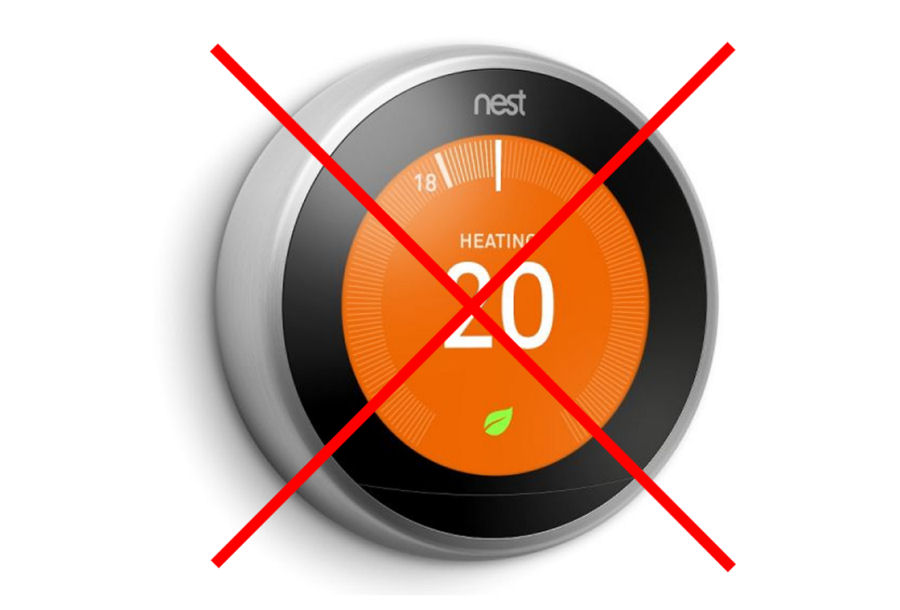
In the last few years, smart thermostats have been one of the top selling smart home products. A large part of this is down to Nest, who managed to take a boring, bland item that had mostly been ignored and turn it into an attractive gadget. In some homes it also saved people money, once the high initial outlay had been recouped. Many companies followed suit and now there is a huge selection of smart thermostats on the market, some with 'eco-systems' to gain wider access into your home. But the days of the smart thermostat are numbered.
When you break it down to its constituent parts, a smart thermostat is simply:
- A temperature sensor. Some also measure humidity.
- Some control software and algorithms.
- Some kind of wired or wireless network.
- A boiler control interface
- A local display and control user interface
These days most are also configured and controlled remotely via a Smartphone app. The dumbest of thermostats simply act as a switch but anything smarter also requires a power supply.
Sensors
Smart thermostats try to pack a lot of functionality into a single smart home product (largely to justify the price) but, this approach often leads to compromised core functionality.
The physical location of a traditional thermostat and its 'smart' replacement is often not ideal to deliver on its primary goal. Many are located in entrance halls and lobbies. These means the location of all the sensors within it may also be compromised. It's often just a lot easy to install a smart thermostat where the dumb one was before though, without thinking about whether it is in a good location.
Temperature Sensor
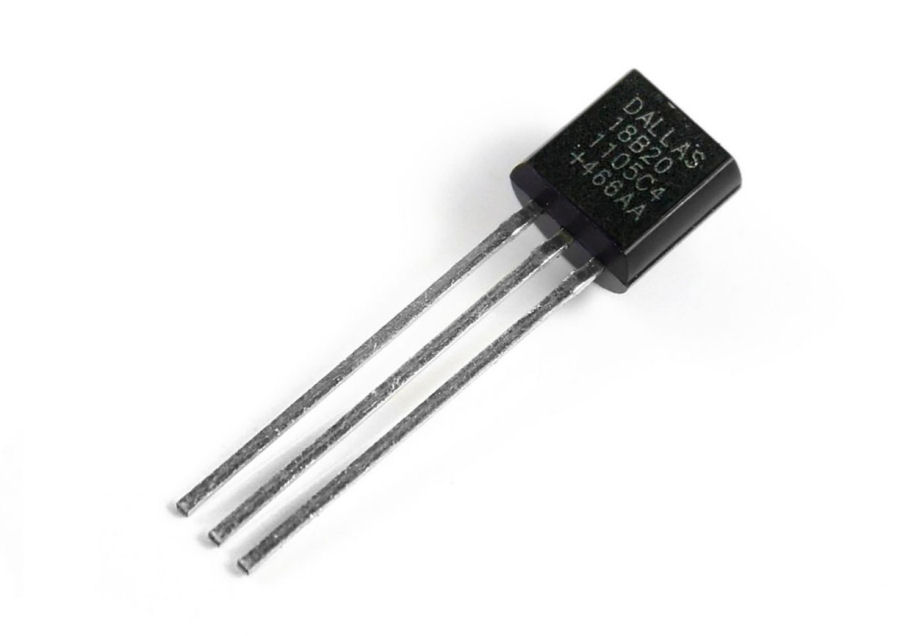
The temperature sensor inside a smart thermostat is often fairly deep within it. This means it can be fairly slow to respond to changes in air temperature and this causes latency in the control process. The sensor themselves can also have a higher thermal mass (resulting in a higher Thermal Time Constant) and be slower to respond that would be ideal. In fact, pretty much all the smart thermostats on the market are quite slow to detect and respond to ambient temperature changes.
The surrounding electronics and particularly the advanced displays often used can generate heat, which can affect the readings being made by the temperature sensor.
There are optimal locations to install temperature sensors used for HVAC and this includes the height from the floor. Proximity to doors and windows should also be considered. Even electrical appliances can have a big impact. Sometimes it is just better to install a new temperature sensor in the right location, to ensure maximum efficiency and comfort.
Humidity Sensor
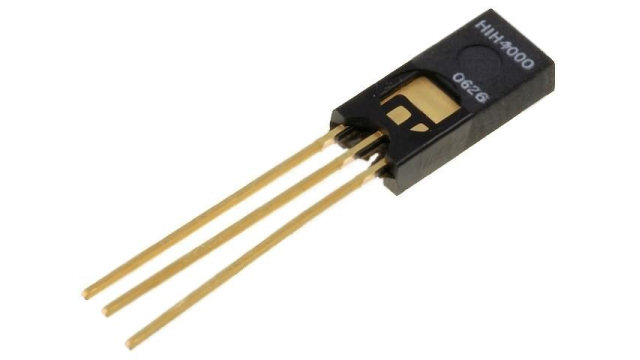
For a fully integrated smart home HVAC system, it makes sense to locate a humidity sensor inside the device and the neighbouring temperature sensor is required to accurately measure relative humidity.
Occupancy
Some smart thermostats include a PIR sensor (movement sensor), to detect occupancy but, one single sensor has a very limited view of activity in the home and most thermostats are not best located to detect people moving around the home either. Perhaps worse still, the PIR sensor is limited to the scope of the smart thermostat and it's eco-system and is not able to contribute to the wider whole home context.
This is a core feature of my contextual smart home, so it has a complete, accurate and timely view of occupancy. It will also have knowledge of residents location (whilst maintaining privacy and be able to predict occupancy. It also just knows automatically if the household is on holiday. Good timely and accurate smart home occupancy detection is one of the main things that defines a smart home and one of key requirements to deliver efficiency and comfort.
Complexity
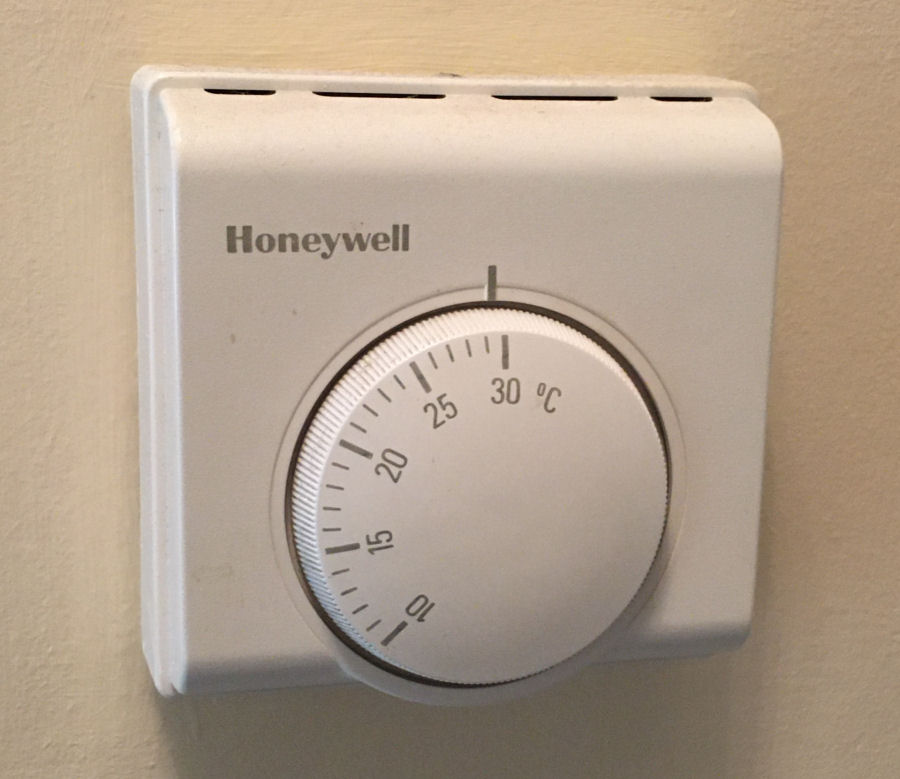
These old manual thermostats are easy for anyone to understand. You simply select the required temperature and that's it. What it lacked in flexibility, it gained in simplicity. Many smart thermostats have complex displays and controls, often with various modes and icons on screen to signify things. They are a lot more complicated and complex and a lot less intuitive.
Along with this complexity comes a significant reduction in reliability. The older mechanical thermostats would easily survive 20 years or more. Modern smart thermostats have much shorter lifetimes and this is exacerbated by vendors that come and go and frequently changing models that result in high rates of obsolescence.
As if that wasn't enough, you also have to contend with software updates and wireless protocols that evolve and become unsupported in just a few years.
Breaking a smart thermostat down into its simpler, constituent parts means less complexity and being much less likely to bin the complete device, when one small, cheap component fails.
Cost
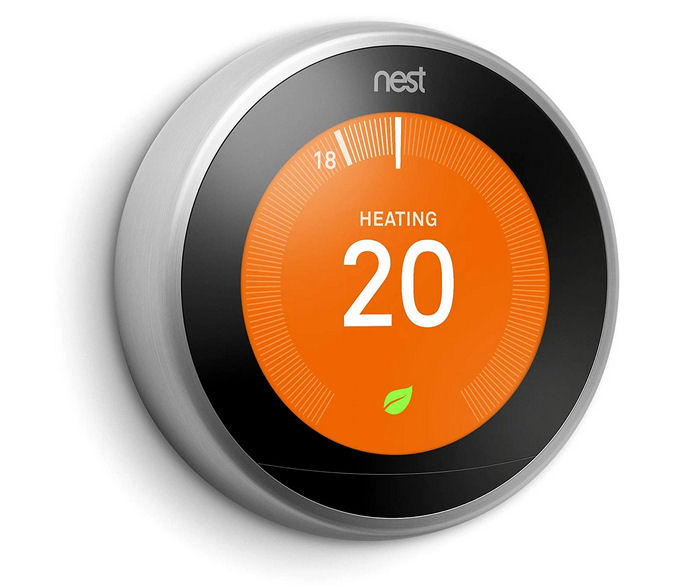
Smart thermostats are expensive, though increased competition has helped drive down the costs in recent years. Partly this is down to feature overload and gadgetisation of what is basically a simple, functional device. Vendors always try to eke out more money from you though, by limiting features on cheaper models and restricting some services to the latest and greatest model.
Vendors will also tell you that if you want multiple zones supported, then you are going to need to buy multiple smart thermostats. This results in you paying for features that are only required once, in each and every device.
In the contextual smart home, the core smart thermometer basically comes for free and if you want 10 of them in 10 different zones, it won't cost you any more. You simply enable another software instance, linked to some sensors and the heating system controller(s).
Permissions
Some smart thermostats enable permission control on some features but few enable them as it results in a more clunky user experience. In many cases, anyone with physical access to you smart thermostat including children, visiting trades, friends or relatives can 'play' with it and significantly alter its behaviour.
Location
Quite a few smart thermostats come with a Smartphone app that can track your location but this essentially means giving away your privacy and allowing a service provider to capture and store your location in the cloud.
This valuable information is sometimes used for things other than making your thermostat behave smarter and rarely can it be extracted and used for other smart home features provided by other vendors.
Adaptive & Intelligent Control
Smart thermostats bought improvements with things like but, these are simply software algorithms than can be part of the contextual smart home.
Things like adaptive schedules (as supported by our controllers), will allow much more efficient operation because they can adapt to all of the context available.
Hardware Control
The contextual smart home supports simple interfaces to older boilers and OpenTherm to talk directly to more modern boilers. It can easily control more advanced configurations using air-source heating, ground-source heating, air-conditioning systems and combinations of these.
The Future
My view is that the future is not in physical, expensive smart thermostats. A much better alternative is to deploy software instances of a 'smart thermostat' at near zero cost and to just physically deploy the very cheap sensors and actuators required, where needed. This also makes a multi-zone home installation much more flexible and extensible.
Not only does this enable each 'thermostat' to have access the full context held by the smart home but, it also allows all the intelligence and control logic to reside in the smarthome as free (software).
Some examples:
- Your smart home may know that the front door is wide open and that all your 'smart thermostats' should not try and heat up your garden in unison.
- Your smart home knows that you have gone away on holiday and you don't need to tell all your 'smart thermostats' (and the vendor's cloud service) this sensitive information.
In the near future, the "smart thermostat" functionality will be an integral feature of your smart home, as ours already is. It will have whole home context and be much more efficient by knowing exactly what's going on in your home. And it will do all this (as our contextual smart home does), whilst keeping all your personal data secure and protecting your privacy. It will have no dependencies on cloud services or 3rd parties.
It will use the many sensors in your home, installed in the optimal locations. From this and its knowledge of you home layout, it will be work much more efficiently, regardless of how many zones are in use.
Summary
The end of the smart thermostat as we know it means that the smart home will take over this traditional hardware role and do a much better job, working much more efficiently and with full context and awareness of your home and its occupants. In a new build it makes much more sense to take this route from the outset as it brings numerous benefits in terms of cost, performance, privacy and features.
In your current home a smart thermostat will bring benefits over a traditional 'dumb' thermostat but if you have a smart home already, then taking the direct control approach will provide a much better experience and much better performance.
The thermostat will once more be a device that sits quietly in the background and just does it's job without a fuss, with the contextual smart home ensuring that you are always comfortable by delivering a luxury, zero touch user experience. One where you don't need to keep 'playing' with your thermostat to remain comfortable.
Like the smart thermostat did to the traditional mechanical thermostat, the move to hot water and heating control by the contextual smart home will provide a step change in efficiency and comfort.
Since this functionality is an integral part of the contextual smart home, it basically comes at much lower cost than the traditional approach of installing one or more smart thermostats, whilst delivering a much better user experience. I like to use the analogy of the contextual smart home being the home equivalent of a self-driving car, let's say a Tesla for now. You wouldn't go to Halfords (Nest, Hive, Ecobee, etc.) to buy a bolt-on climate control system for your Tesla and the same is true of the contextual smart home.



